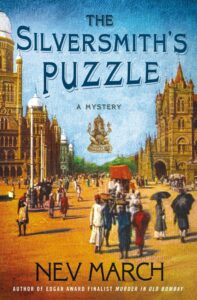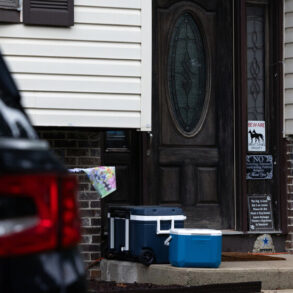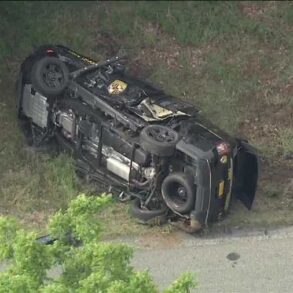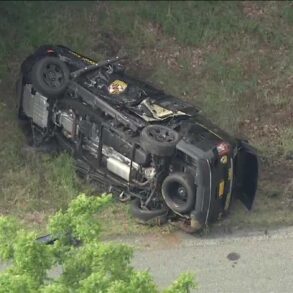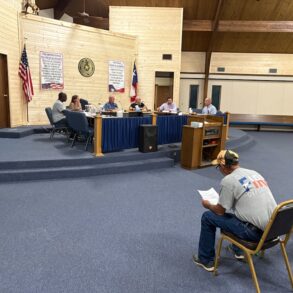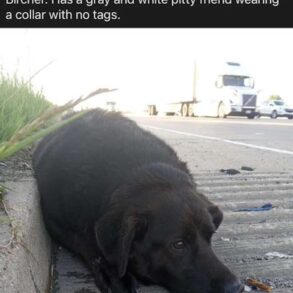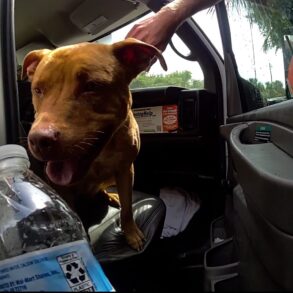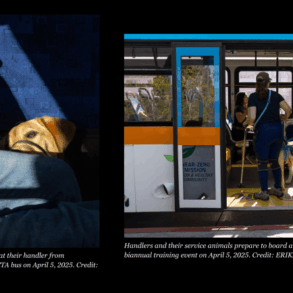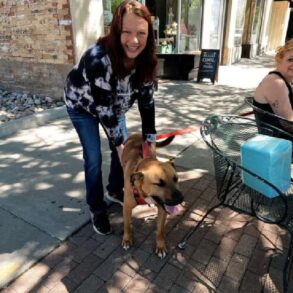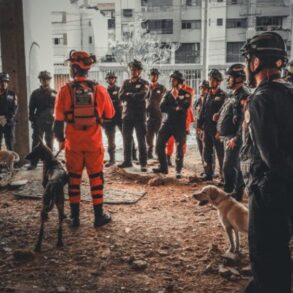My latest mystery novel, The Silversmith’s Puzzle weaves many historical events into my fictional elements. One of those real incidents incorporated is the 1832 Bombay dog riot.
India has an unfortunate history of communal riots. In 1946, Hindu-Muslim clashes resulted in approximately ten thousand deaths, with another fifteen thousand people injured. During the 1992 Babri-masjid dispute, (where an ancient mosque was destroyed because it was claimed to be built over an older temple) about two thousand people were viciously butchered. More recently, in the 2002 Gujarat riots, over a thousand people, mostly Muslims, were brutally killed by mobs.
So, when I read of the 1832 Dog Riot, I expected something dire. To my astonishment it was my own peace-loving, civic-minded, law-abiding Parsi community that had rioted!
In the early 1800s, Bombay was a coastal town with an airy esplanade where troops drilled each morning, soldiers paraded on British holidays, and the English were at the top of the social strata. They enjoyed a comfortable life with servants and dogs, horses and carriages, marred only by the grueling tropical heat and humidity. So, they adopted the custom of taking a nap in the hot afternoons. Shops closed down, business and government offices took a break (with only Indians on staff) while English and wealthy folk rested in darkened bed chambers, the rattan mats freshly watered over windows, and a servant assigned to stir the fans suspended above the beds and settees.
However, their afternoon naps were often disturbed by the barking of stray dogs. In 1813, a municipal ordnance was issued to round up these strays during the hottest months of April and May. In 1832, a British magistrate extended this period to mid-June (when the monsoon typically arrived) and set up a bounty system for dog catchers. Since cash was paid for each dog carcass, it became a new source of income for some. The killing of dogs appalled one group in particular: Bombay’s Parsi community.
The Parsis are descended from medieval Persian refugees who fled the Arab invasion (600-1000 AD) which spread Islam through the Middle East. These refugees still follow the teachings of the Prophet Zarathushtra. In India, over the centuries, they served Gujarati and Mughal kings. In the 1700s and 1800s, most Parsis adopted western manners and education. During British rule, Parsis integrity and competence led to a dominance in trade, shipping, banking and administrative roles.
For Zoroastrians, Dogs are considered important the perfect creation of Ahura Mazda, since they have no wickedness, but only goodness. (A seal is also mentioned as a holy creature, but it is unlikely the writers of the Dinkard or Vendidad scriptures ever saw one). For about three millennia, dogs have had a role in Zoroastrian funerary rites, to sniff the “corpse” and suss-out a person in a deep coma. To slaughter them was anathema.
On June 6, which was a holy day, a group of Parsis attacked a group of dog catchers and then marched to the high court to protest the dog culling. Two European constables patrolling the bazaar were assaulted when they tried to defend the dogcatchers. A crowd of two hundred, arms with sticks and stones gathered before the Police station and High Court in the predominantly British, Fort area, to call for an end to dog-culling.
The next day the community went on strike. Hindus, Jains, and Muslims joined the Parsi-led protest. Shops in Bhendi Bazaar and Esplanade were closed. Carriages were prevented from moving through the streets. Coaches that persisted through were pelted with stones, rubbish and dead rats! The carriage of Chief Justice Sir J. W. Awdry was similarly pelted. Two to three thousand Parsis and other protesters flooded the streets.
Workers unloading ships were harassed and no goods were allowed into the city. Rustomjee Cowasjee, a prominent Parsi gave the order that ships in the harbor would not be unloaded. Jesse Palsetia’s scholarly paper, Mad Docs and Parsis states that: “The daily breakfast rations as well as the billets for cooking, delivered to the troops from 6-8 a.m., were held up or confiscated and despoiled by small groups of Parsis and Hindus at the Butchers’ Bazaar, the harbour Bunder, or upon delivery.” Water carriers were not allowed to bring the troops water. If they did not comply, their carts were overturned. The strike became a grand civil protest. Not one shop remained open for business.
The Parsis also organized crowds to prevent food and water and other provisions from reaching the army garrison. A group of about five hundred people surrounded the Police Office.
For the British rulers, this was not to be tolerated. By noon, a regiment of “Queen’s Royals’ arrived in Colaba and read out the 1715 “Riot Act”. Leaders of the protest were arrested and the crowd dispersed. However, the next day, a number of influential Parsis and Hindus gathered at the central police office at Fort, to offer assistance in quelling the disturbances. Forty prominent business leaders presented a diplomatically written petition that pleaded for clemency for the dogs, while assuring the British of their loyalty. For the moment, the matter was tabled.
In October 1832, the case against the 19 ringleaders (who had been given bail) was heard by a British judge. Palsetia’s paper states that: “Ten individuals, five of whom were Parsi, were found guilty: four for conspiracy; one for assault upon police; and five for rioting. Of the other indictments, five were found by the jury to have been baseless, and should not have been issued, while the remainder indicted were acquitted. The majority of the evidence was deemed defective, and there was no agreement among the jury for many of the charges.”
The convicted were sentenced to jail time of one to eighteen months, and some were fined 2,000 rupees. However, the British had learned a valuable early lesson about the need to avoid offending native religious sentiments, one that would be brought home twenty-five years later, with awful carnage during the 1857 Sepoy Mutiny.
Since the dog-cull protest was not for any “political” gain, and no lives were lost, most of those who’d been arrested were released. The regulation against dogs was not repealed (a massive loss of face for the Brits, I imagine). However, efforts were made to transport strays to remote areas such as Bhavnagar. In the Parsi stronghold of Poona, the dog regulation was suspended in toto.
Although my book is set in 1895, this historical incident was fascinating. When my character Captain Jim needed a significant diversion at the end of the book, well, I simply couldn’t resist including the “dog riot” in my plot.
***
This post was originally published on this site be sure to check out more of their content.




